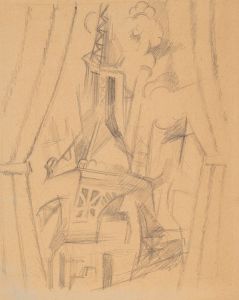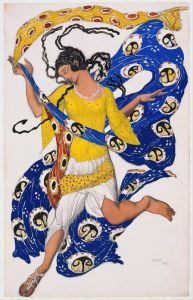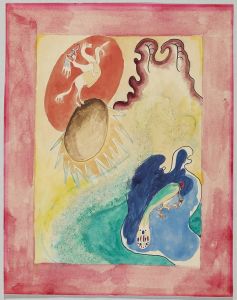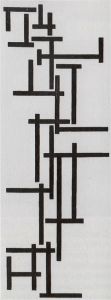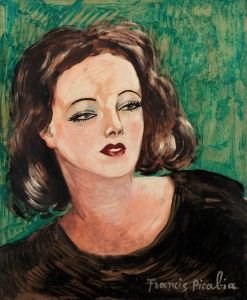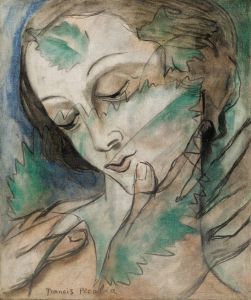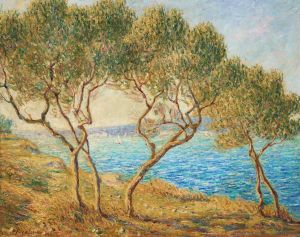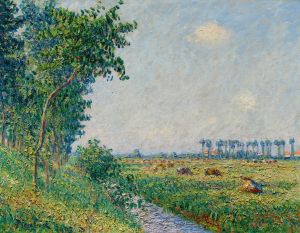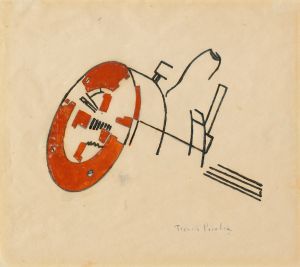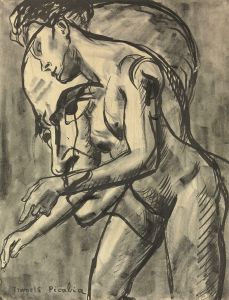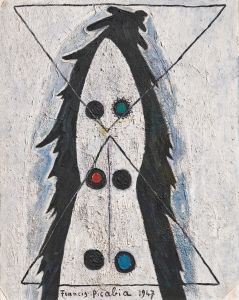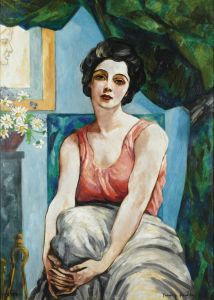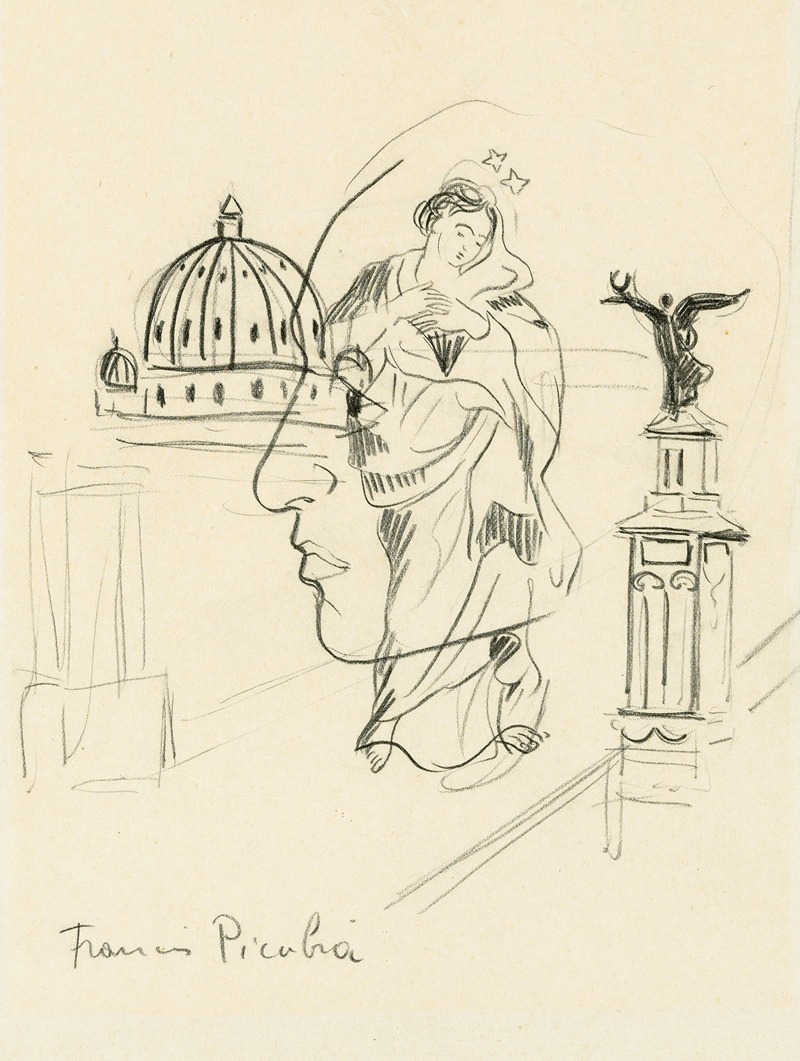
Transparence
A hand-painted replica of Francis Picabia’s masterpiece Transparence, meticulously crafted by professional artists to capture the true essence of the original. Each piece is created with museum-quality canvas and rare mineral pigments, carefully painted by experienced artists with delicate brushstrokes and rich, layered colors to perfectly recreate the texture of the original artwork. Unlike machine-printed reproductions, this hand-painted version brings the painting to life, infused with the artist’s emotions and skill in every stroke. Whether for personal collection or home decoration, it instantly elevates the artistic atmosphere of any space.
Francis Picabia was a French avant-garde painter, poet, and typographist, associated with both the Dada and Surrealist movements. One of his notable series of works is known as the "Transparences," which he began in the late 1920s. The "Transparences" series is characterized by its complex layering of images, creating a sense of depth and ambiguity. These works often feature overlapping figures and forms, which are rendered in a way that allows the viewer to see through them, hence the name "Transparences."
The "Transparences" series marks a significant period in Picabia's career, showcasing his departure from the more chaotic and provocative works of his Dada period. Instead, these paintings reflect a more contemplative and structured approach, drawing inspiration from classical art, mythology, and Renaissance imagery. Picabia's technique involved superimposing multiple images, often using a grid-like structure to organize the composition. This method allowed him to explore themes of memory, perception, and the passage of time.
One of the key aspects of the "Transparences" is their ability to convey multiple meanings and interpretations. The overlapping images create a visual puzzle, inviting viewers to engage with the work on a deeper level. This complexity is enhanced by Picabia's use of a muted color palette, which adds to the ethereal and dreamlike quality of the paintings. The "Transparences" are often seen as a reflection of Picabia's interest in the subconscious mind and the fluid nature of reality.
Picabia's "Transparences" series was well-received by his contemporaries and remains influential in the art world. These works are considered a precursor to later developments in abstract and conceptual art, highlighting Picabia's role as a pioneer in the exploration of new artistic techniques and ideas. The series also demonstrates his ability to blend different artistic influences, from classical to modern, creating a unique and innovative style.
While specific details about individual paintings within the "Transparences" series may vary, the overarching themes and techniques remain consistent. Picabia's work during this period reflects his ongoing experimentation with form and content, as well as his desire to challenge traditional notions of art and representation. The "Transparences" continue to be studied and admired for their artistic innovation and their contribution to the evolution of modern art.
Overall, Francis Picabia's "Transparences" series represents a significant chapter in his artistic career, showcasing his ability to merge diverse influences and techniques into a cohesive and thought-provoking body of work. These paintings remain an important part of his legacy, illustrating his impact on the development of 20th-century art.





